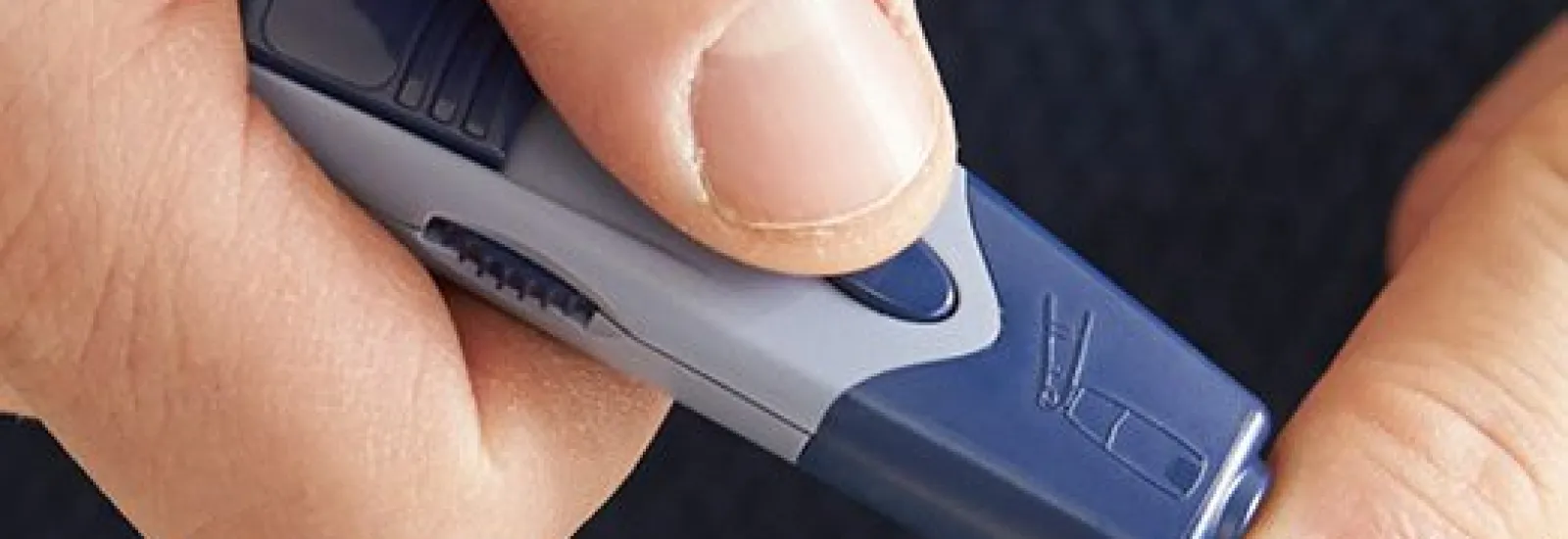
Know signs and symptoms of diabetes

Over 23 million Americans have diabetes and one in four of them do not know it. It is important to know the signs and symptoms of this disease and when diagnosed keep it under control.
What is diabetes? In the simplest terms it means you have too much sugar in your blood.
What are the symptoms? Frequent urination excessive thirst or hunger unusual weight loss fatigue blurred vision
Who is at risk? Those who:
- Are over 45
- Have a family history of the disease
- Are overweight
- Have high cholesterol and high blood pressure
- Who don't exercise regularly
- Use tobacco
Associated complications
This disease affects every part of your body including the heart kidneys and other organs. It slows wound healing and can damage eyes or lead to blindness. Together with your health care provider you can design a control plan that can be easily followed.
Goals focus on
- Meal planning
- Increased physical activity
- Medication
- Routine testing
- Stopping smoking
What tests are important in controlling the disease and what are the goals?
- Finger stick blood sugar goal is 80 - 120mg/dL
- A1C (Pronounced "A One C") the average of blood sugars over a 3 month period should be less than 7 percent
- Have a yearly eye and foot exam
- Keep LDL cholesterol - "bad cholesterol" - less than 70
- Maintain blood pressure at less than 130/80 mmHg
- Zero protein in urine (kidney function)
Other health prevention tips
- Influenza shot every year
- Pneumonia shot
- Maintain a healthy weight
- Increase Exercise
Resources
- Health care provider
- Dietitian
- Diabetes educator
- Endocrinologists
(Source: Indiana State Department of Health)
For more information contact:
- Reid Health Diabetes Education (765) 983-3423
- American Diabetes Association: (800) 342-2383
- American Heart Association: (800) 242-8721
- National Diabetes Education Program: (800) 860-8747

